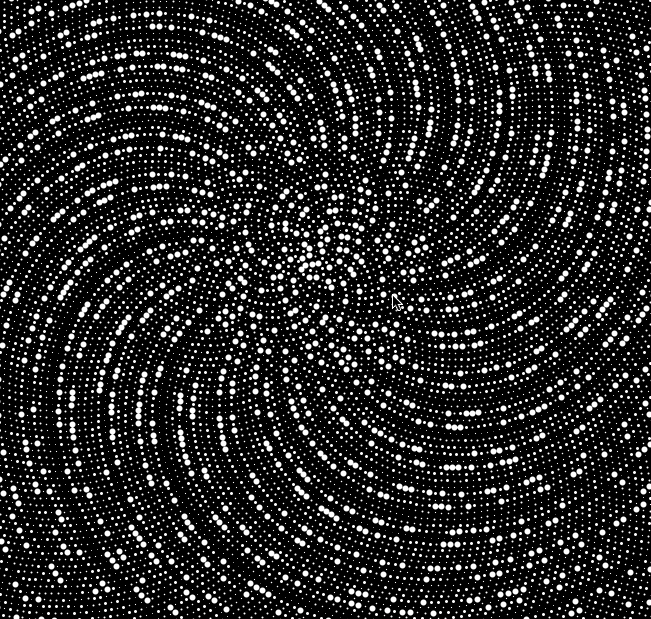a bit off topic probably, but yep (earlier) thought of responding to Towforce, regarding some of
his innovative and original ideas regarding chess evaluation Not long ago a neural net alfazero
style without search already was able to reach GM level (but not 3400 or so like SF);
https://arxiv.org/abs/2402.04494
But no matter how you reason about it (eval) nobody can deny there also must be a search tree in chess,
more prevalent in chess problems, deep tactics, etc, but often also in normal positions.
Cleary indicated by minimax theorem by Von Neumann. see also the well known tree concept
and described eg. by Kotov in his (think like a GM) book eg.
https://www.chess.com/forum/view/genera ... hod?page=2
Symmetry ? well yep, but in addition, and this is more important, it's about the 'degrees of freedom'
(for Black). No matter what White plays from the (historical) 'normal' positions , there always remain
several options for Black to escape situations leading to worse positions. This is different then a situation
as eg. in Four in a row, where gradually the options for the second player become more and more restricted,
and thus the first player indeed can force a win.
Such a high degree of freedom (for Black) is apparent because eg. contrary to checkers, pieces in
chess can move back, there is the 3 pos repetition draw rule etc. And the 50 move (no pawn move)
draw rule, this all leads to a relatively large draw margin in chess. And to an obvious conclusion.
You suggested last year that i should write down my reasoning but i although I made notes during
our discussion(s) i didn't start (yet?) with a coherent and concrete article(*). Maybe because prove the 'draw
conjecture'' rigorously without a -narrowed- 'brute force' calculation (which unless Riemann should be
possible for chess) indeed is not a simple task; contrary to what towforce seems to think imo it will involve
lots of practical examples, concrete reasoning, etc. (and experience helps to get some hunches
about how this works in practical chess, and why White cannot find a forced winning line;
my conviction is more a result of (large and deep) experience than reasoning about symmetry, and
without a deep understanding about some math concepts as 'winning strategies' discussions about
the topic (and skeptical opinions) remain vague and inconcrete. A more suitable game to
explore deductive methods for proving a draw is maybe conventional draughts; it hasn't
been numbercrunched (yet) like checkers, yet most experts now are convinced it's a draw.
So it's complicated indeed, to illustrate with an example: in the position after 1.g4 i cannot
exclude that there's a forced win for Black. So in similar style, when i started my computer
chess opening research more than twenty years ago, i would'nt exclude a possibility that after
e.g 1.e4, d4, or 1.Nf3 (or possibly 1.c4) White might be able to gradually increase it's
positional advantage. And maybe for one or two positions of the chess960 this still could
be possible (unlikelly i admit, but you never know, and i didn't check it). But for the
normal chess position i made it topic of research starting even before the year 2000,
and there's *no* forced win for White as i found in practice(**), already around 2008)
https://superchess.blogspot.com/2008/01 ... rfect.html
https://superchess.blogspot.com/2008/03 ... y-etc.html
(*) but like i wrote, i offer 10 k ($) for the one who finds a forced winning line for White
(**) whereby i went much further than simple stuff as eg. the basic Hert tree (from Pohl)
something you suggested some time ago; this Hert tree is way too small, and thus
has deficicies btw,for example in the Scotch after e4 e5 Nf3 Nc6 d4 exd4
Nxd4 Nf6 Nc3 the move Bb4! (instead of ...d6?!) is the best (drawing) move
but it's not in the Hert500.pgn...
PS as for the Riemann examples i posted, i'm sure that from academic circles there
will be criticism about these 'proofs' or their methods (in particular the FB posting).
The youtube 'proof' (more some sort of inductive reasoning with lateral thinking and thus
probably not a rigorous proof according to some academis) is by a (serious and probably
highly talented) mathematician (and FB contact of me) working in Los Alamos btw.
In other words not a crank (like i know that for the Fermat last theorem there are
many crackpot proofs, also on FB). But despite such academic criticism i think that
such reasoning(s) gradually are making it more likely that the Riemann conjecture
is true, in other words a gradual process like it often is in theoretical physics research.
And although math isn't physics, also in the development of proofs, you often see some
gradual process; the (now accepted) proof by Andrew Wiles for Fermat's last theorem was
a long arduous process, whereby he ofcourse built on earlier works; in other words,
a gradual process, and not a sudden -once in a lifetime- (and required) event by
eg. some lonely genius the kind of Gregori Perelman type or so.
